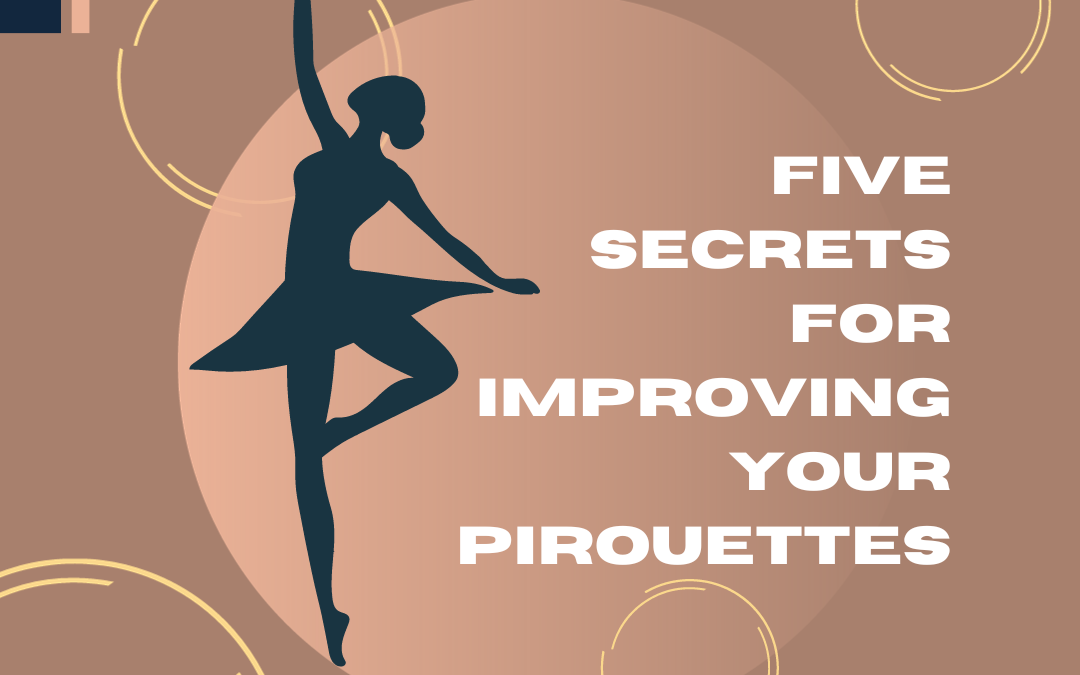A pirouette, when done correctly, is an impressive and beautiful trick. Whether you are a seasoned turner, or a complete beginner, here are some tried and true tips to help you improve your pirouettes:
1. Perfect preparation – The power for your pirouette should always come from a deep and active plié. Find a fourth position – parallel or turned out – where the feet are planted firmly into the ground. The knees should be bent and tracking directly in line with the middle toe, and the core should be engaged. This grounded position is where you generate the force for your pirouette.
2. Popping up to passé – Finding the perfect passé position can be tricky. Practice it a few times without turning. The toe should touch the knee. Whether turned out or parallel, their should be engagement in the glutes and abdominals for stability and the hamstring and hip flexor for a lifted passé. Always aim for the highest possible passé, and do your best to find that position as quickly as possible when going for your pirouette.
3. Supportive arms – Arms are often the last thing that we think about when we are turning, and this is often our downfall in pirouettes. Engaged arms support your balance in a pirouette, so it is important that you keep them at the top of your checklist. Arms are typically held in first position, with the fingers in front of the chest. The biceps engage for a slight bend of the elbow, the triceps engage to lift the elbow, and the deltoids (shoulders) and back engage to hold the arms strong. Practice the feeling of your arms in a strong first position before adding the turn.
4. Spotting – This is the cherry on top to a beautiful pirouette, and it is a very effective way to keep control of your rotations. Spotting is useful for a number of reasons. It will decrease the feeling of dizziness from turning by stabilizing your line of vision. It will also provide you with a touch of additional force to continue your rotations. Find something – a spot on the wall or mirror – that is directly centered in your line of vision, not too high or too low. At the end of each of your pirouette rotations, turn your head as quickly as possible to look at that spot. Practice spotting quickly and keeping your chin level with the floor.
5. Embrace trial and error – Just like many things in dance, pirouettes are an excellent reminder for us that failure makes progress. Do not shy away from failure. Not every turn you execute will be perfect. You might even feel like you fall more than you finish. Keep trying. Keep reevaluating and trying again. Go through the pirouette checklist. I have no doubt you will find that your failures get fewer and further between.

